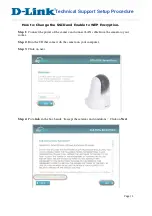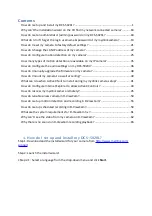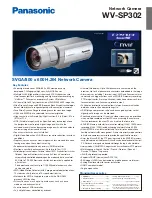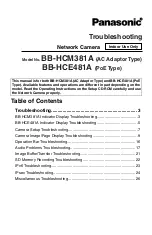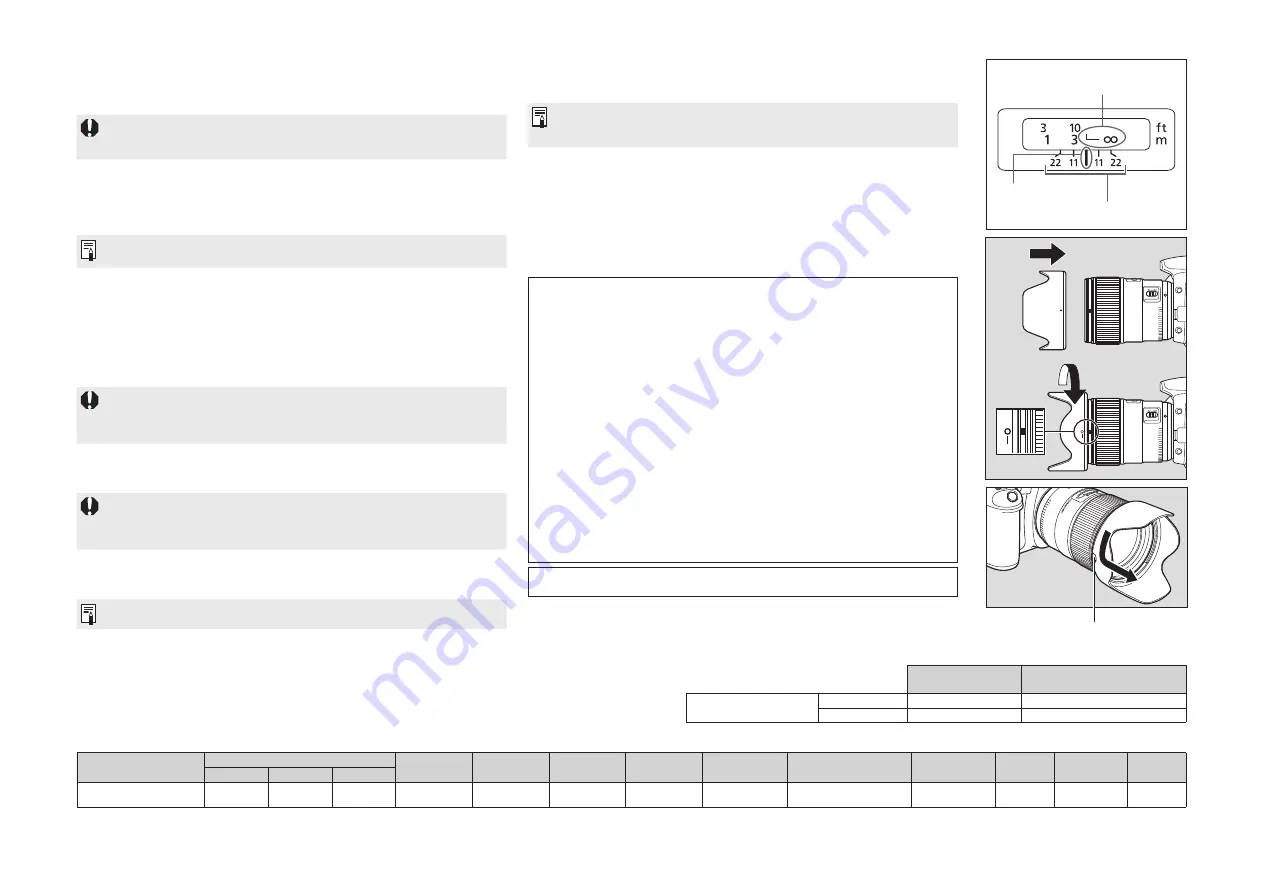
CT1-8605-000
1504SZ
© CANON INC. 2015
●
❺
●
●
❻
●
❹
3. Infinity Compensation Mark
To compensate for shifting of the infinity focus point that results from changes in
temperature. The infinity position at normal temperature is the point at which the
vertical line of the distance scale L mark is aligned with the distance index
❹
.
For accurate manual focusing of subjects at infinity, look through the
viewfinder or look at the magnified image* on the LCD screen while
rotating the focusing ring.
* For cameras with Live View shooting capability.
4. Depth-of-Field Scale
The depth of field is the distance in front of and behind the plane of focus on the
subject that appears sharp. The depth of field is indicated by the area between
the depth-of-field scale lines below the distance scale.
The depth-of-field scale is an approximate indicator.
5. Hood
The EW-77B hood can keep unwanted light out of the lens, and also protects the
lens from rain, snow, and dust.
To attach the hood, align the hood’s attachment position mark with the red dot
on the front of the lens, then turn the hood in the direction of the arrow until the
lens’s red dot is aligned with the hood’s stop position mark
❺
.
To remove the hood, hold down the button on the side and turn the hood in the
direction of the arrow until the position mark on the hood aligns with the red dot
❻
.
The hood can be reverse-mounted on the lens for storage.
●
Part of the picture may be blocked if the hood is not attached properly.
●
When attaching or detaching the hood, grasp the base of the hood to
turn it. To prevent deformation, do not grasp the rim of the hood to turn
it.
6. Filters (Sold Separately)
You can attach filters to the filter mounting thread (ø72 mm) on the front of the
lens.
●
Only one filter may be attached.
●
Use the Canon Circular Polarizing Filter PL-C B (ø72mm) as the
polarizing filter.
●
To adjust the polarizing filter, first remove the lens hood.
7. Extension Tubes (Sold Separately)
You can attach extension tube EF12 II or EF25 II for magnified shots. For
shooting distance and magnification, see the extension tube specifications.
MF mode is recommended for accurate focusing.
8. Close-up Lenses (Sold Separately)
Attaching a close-up lens 500D (72 mm) enables close-up photography.
Magnification is from 0.07 to 0.27 times.
●
Close-up lens 250D cannot be attached because there is no size that
fits the lens.
●
MF mode is recommended for accurate focusing.
●
The lens length is measured from the mount surface to the front end of the
lens. Add 24.2 mm when including the lens cap and dust cap.
●
The size and weight listed are for the lens only, except as indicated.
●
The extenders cannot be used with this lens.
●
All data listed is measured according to Canon standards.
●
Product specifications and appearance are subject to change without notice.
This device complies with Part 15 of the FCC Rules. Operation is subject to the
following two conditions: (1) This device may not cause harmful interference,
and (2) this device must accept any interference received, including interference
that may cause undesired operation.
Do not make any changes or modifications to the equipment unless otherwise
specified in the instructions. If such changes or modifications should be made,
you could be required to stop operation of the equipment.
This equipment has been tested and found to comply with the limits for a class
B digital device, pursuant to part 15 of the FCC Rules.
These limits are designed to provide reasonable protection against harmful
interference in a residential installation. This equipment generates, uses and
can radiate radio frequency energy and, if not installed and used in accordance
with the instructions, may cause harmful interference to radio communications.
However, there is no guarantee that interference will not occur in a particular
installation. If this equipment does cause harmful interference to radio or
television reception, which can be determined by turning the equipment off and
on, the user is encouraged to try to correct the interference by one or more of
the following measures:
• Reorient or relocate the receiving antenna.
• Increase the separation between the equipment and receiver.
• Connect the equipment into an outlet on a circuit different from that to which
the receiver is connected.
• Consult the dealer or an experienced radio/TV technician for help.
CAN ICES-3(B)/NMB-3(B)
Specifications
* Sold Separately
Angle of view
Lens
construction
Minimum
aperture
Max.
magnification
Min. focusing
distance
Filter diameter
Max. diameter and length Weight (Approx.)
Hood
Lens Cap
Case*
Diagonal
Vertical
Horizontal
EF35mm f/1.4L II USM
63°
38°
54°
11-14
22
0.21x
0.28m/0.92ft
72mm
80.4x105.5mm
(3.2”x4.2”)
760g/26.8oz.
EW-77B
E-72 II
LP1219
Extension Tube Specifications
(Sold Separately)
Magnification
(X)
Focusing Distance Range
(mm) (inch)
EF35mm f/1.4L II USM
EF12 II
0.58-0.36
194-229 (7.6-9.0)
EF25 II
1.03-0.8
184-192 (7.2-7.6)
Button
Infinity compensation mark
Distance index
Depth-of-field scale






